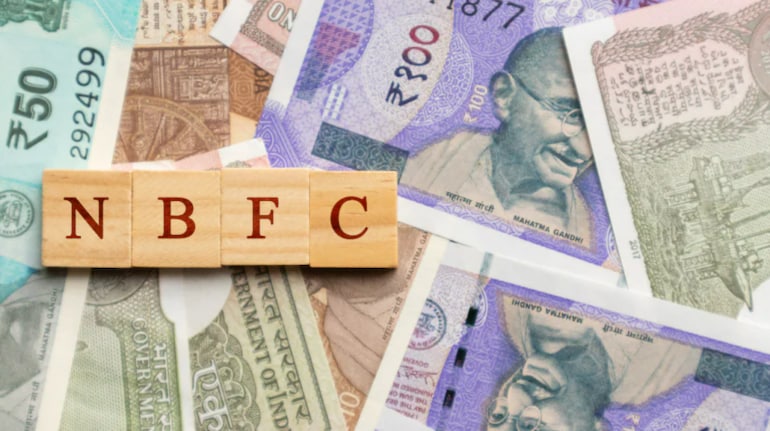



Non-banking financial companies (NBFC) are hopeful that the government will announce some measures to augment liquidity in the upcoming budget, industry experts said. This comes against the backdrop of a sharp rise in the cost of funds across debt instruments.
“We are hoping for some liquidity-enhancement measures in the upcoming budget that would bring relief to them at a time when the cost of funding has increased,” said YS Chakravarti, MD & CEO, Shriram Finance.
However, some expect there will be no announcement for NBFCs in the budget.
“We believe the Reserve Bank of India (RBI) and government have managed the liquidity through the pandemic period very well and structural measures of co-lending mechanism announced earlier would bode well for future,” said Vivek Bansal, group CFO, InCred Financial Services Ltd.
Liquidity-enhancement measures give NBFCs easier access to funds at a relatively lower rate compared to the market rate.
Also read: Budget 2023: Demand-side measures required to boost growth
Other announcements
Manish Lunia, co-founder of FlexiLoans.com, said there could be favourable announcements that support affordable credit to MSMEs via NBFC-led schemes on Mudra/CGTSME (Micro Units Development and Refinance Agency/Credit Guarantee Fund Trust for Micro and Small Enterprises), announcements on wider access of account aggregators, the Goods and Services Tax Network and other governmental infrastructure to enable NBCs access customers viably and effectively.
Chakravarti added that the government’s main focus appears to be on encouraging secured retail lending, adding that he hence anticipate that gold loans and affordable housing loans will benefit from some favourable provisions in the budget.
Increase in borrowing cost
The borrowing costs of non-bank lenders have increased sharply since the central bank started increasing the repo rate to contain inflation. This has meant that in the short-term debt market, yields on these instruments rose more than 250 basis points (bps) and by over 80 bps for longer-tenure paper, dealers said.
The general feeling is that the central bank is not done with its rate hikes, which will further increase the costs at NBFCs.
“We believe that with MCLR (marginal cost of funds-based lending rate) of banks increasing with a lag given rise in deposit rates, there could be further increase in cost of funds for NBFCs,” Bansal said.
Also read: Budget 2023 expectations from defence, real estate, hospitality and health sector
Increase in banks’ outstanding
According to a CareEdge report, bank’s outstanding credit to NBFCs rose by 33 percent on-year to Rs.12.2 lakh crore in November.
The growth remained high due to high growth in the NBFC asset book and additional borrowings moved to banks due to differentials between market yields and interest rates offered by banks and lower borrowings in the overseas market.
Compared to February 2018 numbers, bank lending to NBFCs has tripled.
Discover the latest Business News, Sensex, and Nifty updates. Obtain Personal Finance insights, tax queries, and expert opinions on Moneycontrol or download the Moneycontrol App to stay updated!
Find the best of Al News in one place, specially curated for you every weekend.
Stay on top of the latest tech trends and biggest startup news.